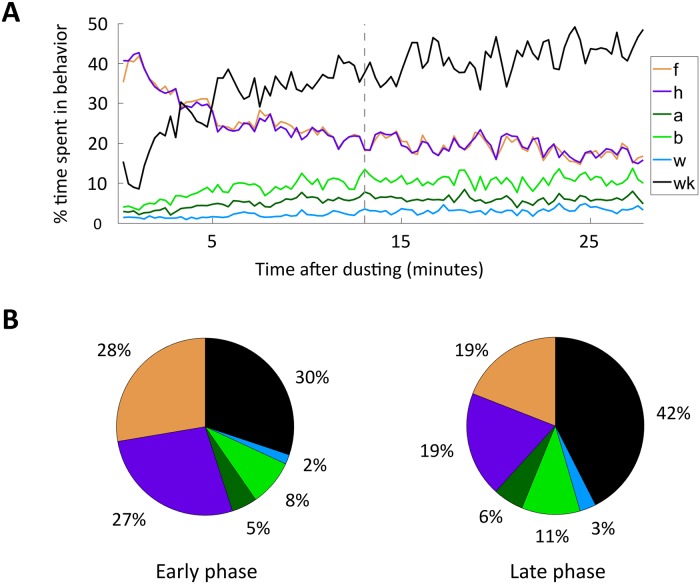Fig 5. Drosophila melanogaster grooming progresses from anterior motif to posterior motif actions.
A: Average grooming progression of D. melanogaster population (N = 92) after exposure to an irritant. Colored lines show the percentage of time spent in each action (f = front leg, h = head, a = abdomen, b = back leg, w = wing, wk = walking) across a 16.7 second sliding window (500 frames). Front leg rubbing and head cleaning proportions track closely with one another for the entire course of grooming. Additionally, back leg rubbing tracks closely with the sum of abdomen and wing cleaning. Dashed gray vertical line indicates the boundary between early and late grooming phases, which occurs after approximately thirteen minutes, or nearly half of the recording duration. B: Proportion of time spent in each action during the early phase (left) and late phase (right) of grooming. During the early phase, D. melanogaster spend the majority of time performing anterior grooming movements. In the late phase, they spend a relatively larger proportion of time engaged in posterior grooming movements and walking.

